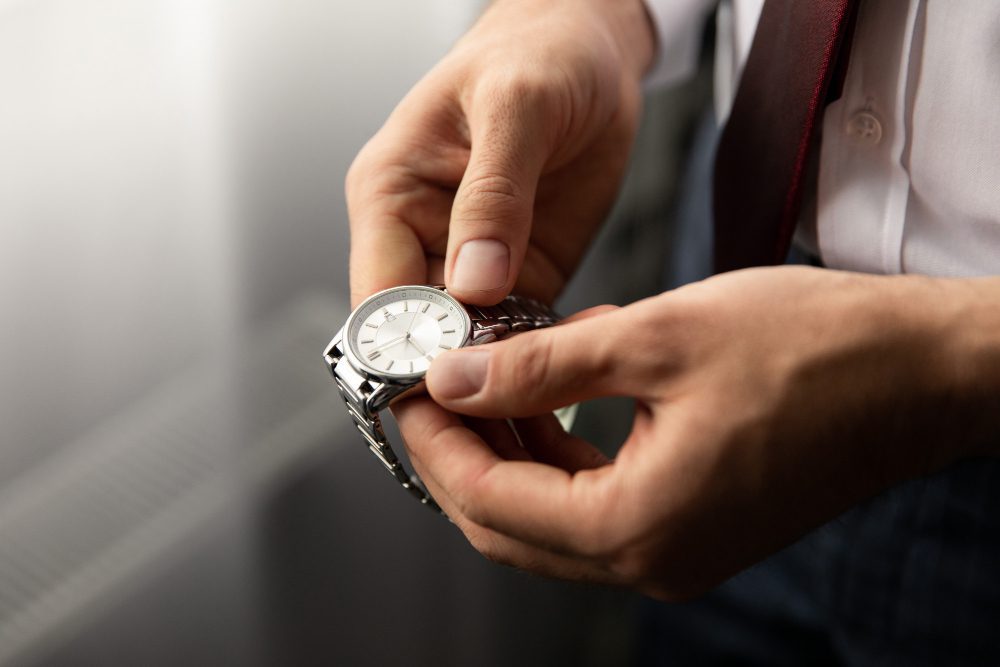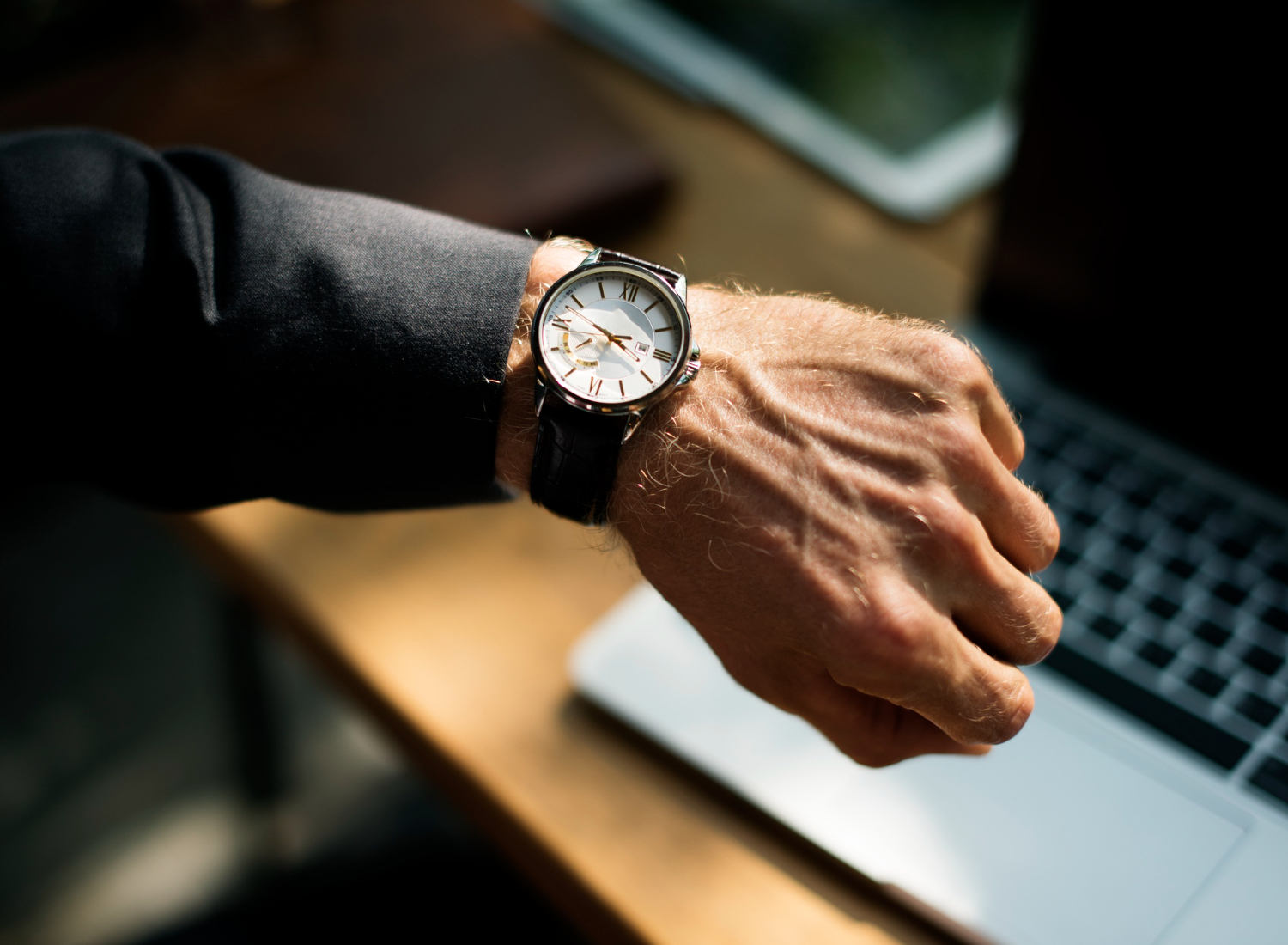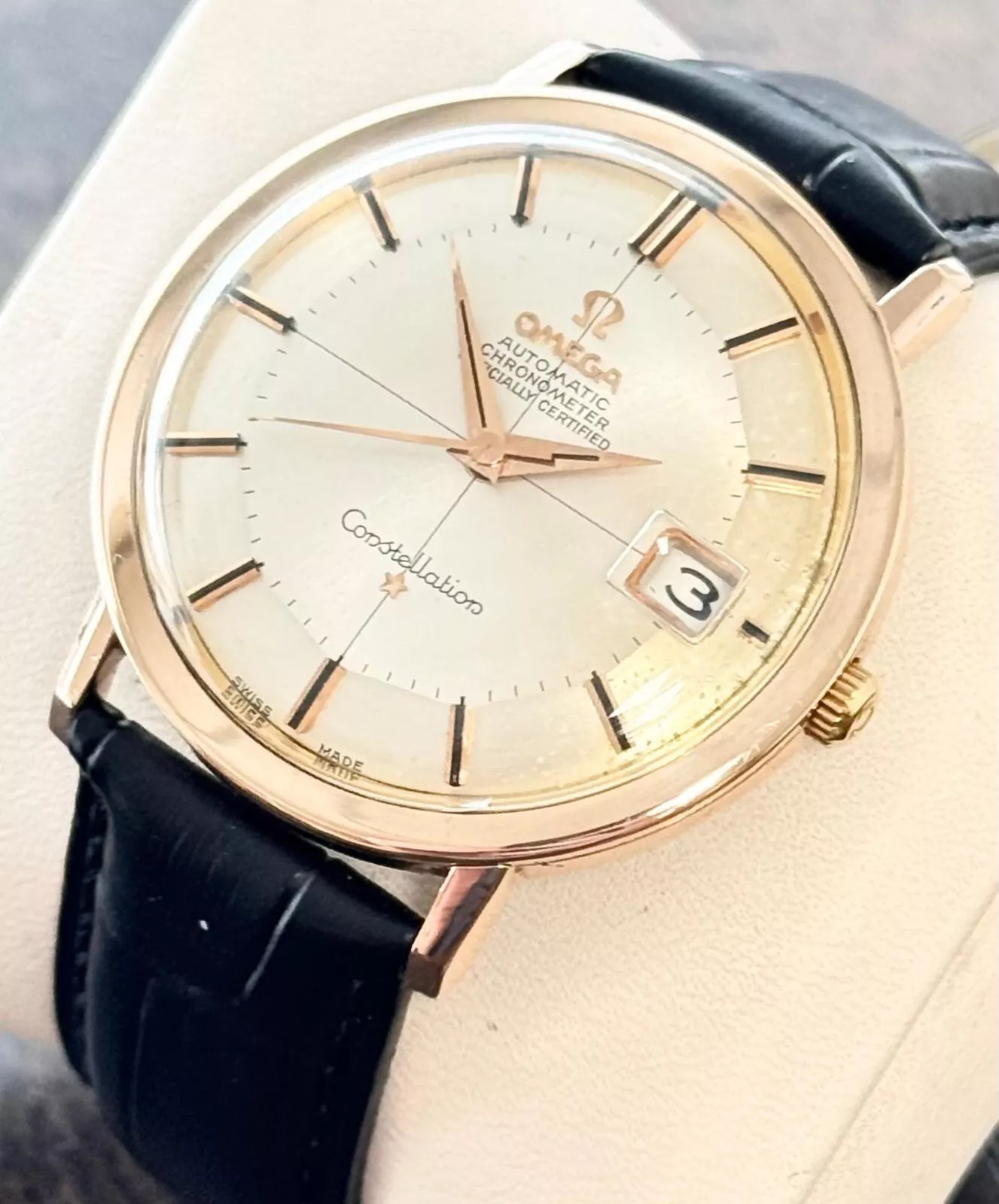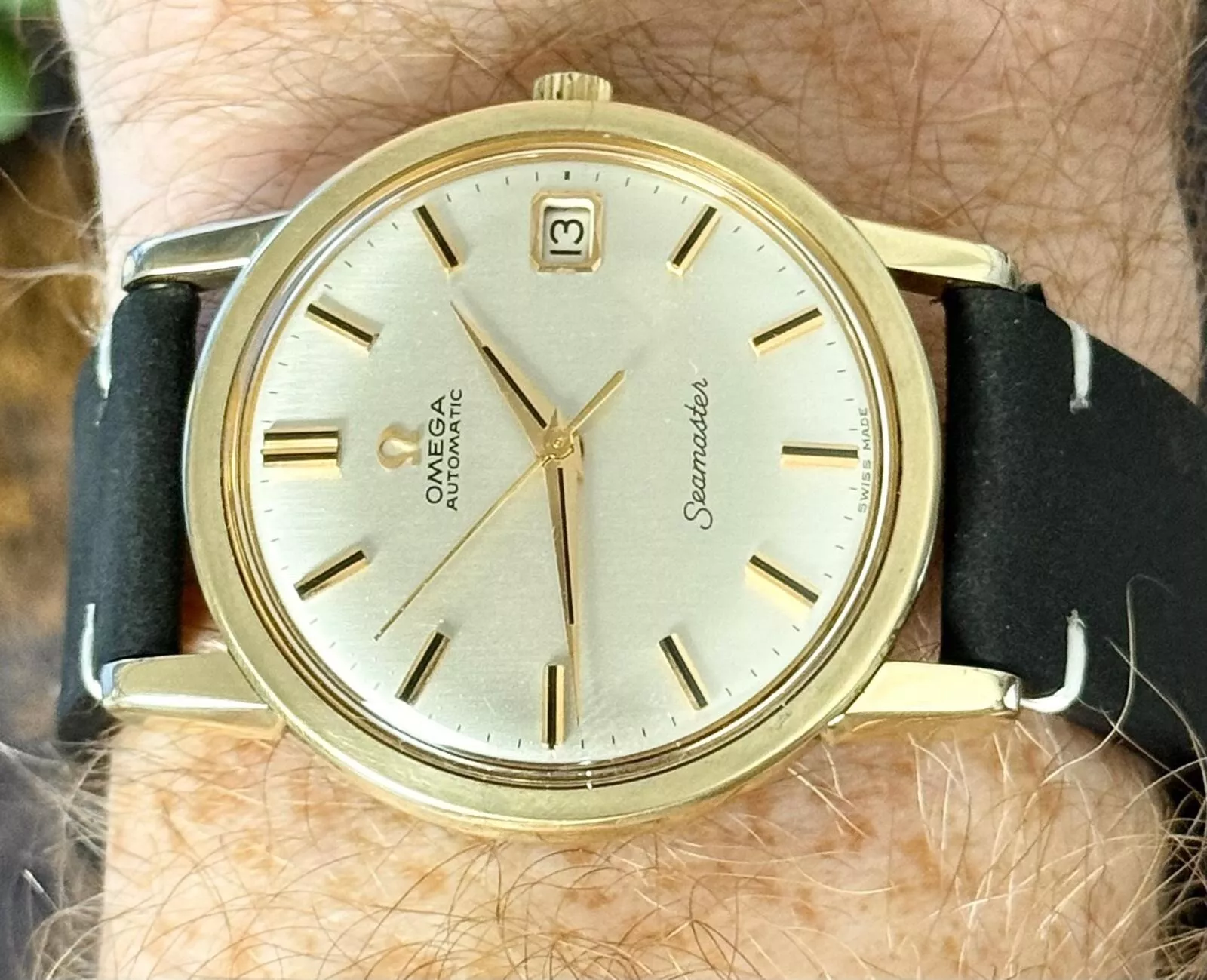Watches are timeless accessories, blending fashion with functionality. Among the different types of watches, automatic watches stand out for their intricate mechanics and their ability to wind themselves as you wear them. This self-winding feature is due to the automatic movement, a mechanism that allows the watch to wind itself as you wear it. But have you ever wondered how these watches work without the need for a battery or manual winding? In this blog post, we’ll dive into the inner workings of automatic watches, exploring their mechanisms and answering common questions surrounding them.
Understanding the Watch’s Movement
At the core of every watch lies its “movement” — a term used to describe the complex mechanism that powers a watch. This watch movement drives the hands on the dial, enabling the watch to keep time. In simple terms, the movement is the mechanism inside the watch that makes it tick. There are two primary types of watch movements: mechanical and quartz.
Comparing Mechanical and Quartz Movements
Watch movements can be broadly categorised into two types: mechanical and quartz. The difference between them lies in how they are powered and how they keep time.
Quartz Movement: Quartz watch movements are powered by a small battery. The battery sends an electric current through a tiny piece of quartz crystal, causing it to vibrate. These vibrations are highly consistent, which makes quartz watches incredibly accurate. One of the main advantages of quartz watches is that they are low maintenance — the battery usually lasts a few years before needing replacement.
Mechanical Movement: Mechanical watches, on the other hand, are powered by a spring-driven mechanism. There is no battery involved. Instead, a tightly wound mainspring slowly releases energy to power the watch. This is where the craftsmanship of traditional watchmaking comes into play, as mechanical watches are admired for their precision and engineering.
Manual vs. Automatic Mechanical Watches: How Are They Different?
There are two types of mechanical watches: manual and automatic. Both operate using similar principles, but the way they are wound makes them different.
Manual Mechanical Movement: Manual watches require the wearer to regularly wind the mainspring using the crown (the small dial on the side of the watch). You typically need to wind the watch once every day or two to keep it running accurately.
Automatic Mechanical Movement: Automatic watches, also known as self-winding watches, eliminate the need for manual winding. They harness the movement of your wrist to wind the mainspring, storing energy as you wear the watch. This is what makes automatic watches so convenient — you don’t need to worry about winding them as long as you wear them regularly.
How Does the Automatic Watch Movement Work?
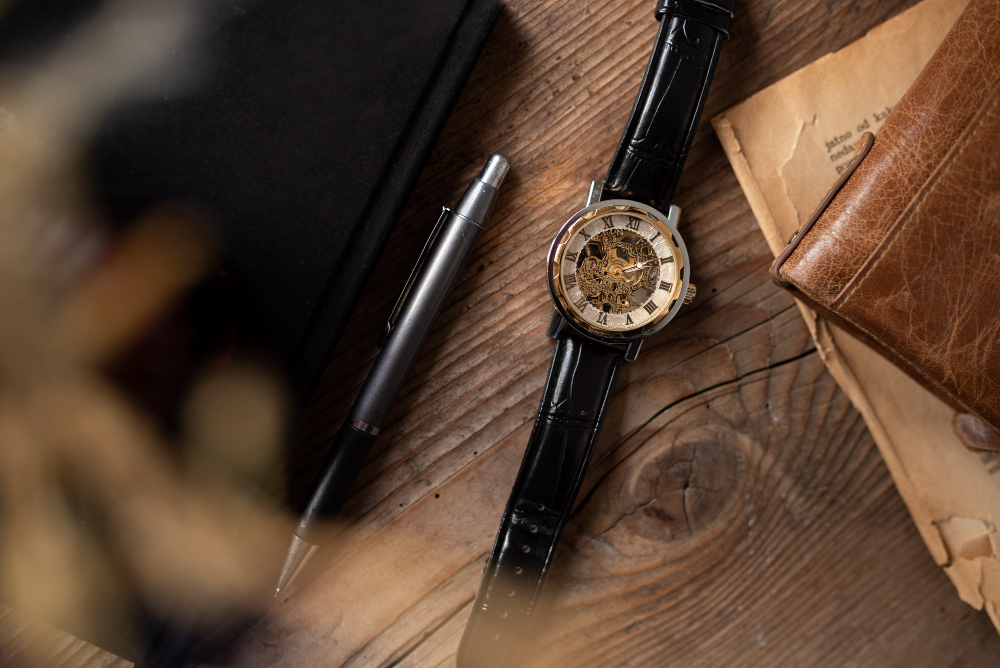
The core principle behind an automatic watch is simple: the automatic watch movement converts the motion of the wearer’s wrist into energy to wind the mainspring, which powers the watch. But how exactly does this happen?
Inside an automatic watch, there is a component called the rotor — a semi-circular piece of metal that spins freely as your wrist moves. The rotor is attached to the movement and is connected to the mainspring through a series of gears. As the rotor spins, it winds the mainspring, storing energy that is slowly released to keep the watch running.
This clever system means that as long as the watch is worn regularly, it will continue to run without needing to be wound manually. If you don’t wear the watch for a few days, the mainspring will eventually unwind, and the watch will stop. However, you can simply give it a shake or manually wind it using the crown to get it going again.
Key Components of an Automatic Watch
Mainspring: The Energy Source
The mainspring is a tightly wound coil of metal that stores energy in a mechanical watch movement. When wound, the spring slowly uncoils, releasing energy to power the watch’s gears and hands. In automatic watches, the mainspring is wound automatically by the movement of the rotor, but it can also be manually wound using the crown if needed.
Crown
The crown is the small knob on the side of the watch, which serves multiple purposes. It’s used to set the time, date, and sometimes other functions like adjusting a second time zone. In manual mechanical watches, the crown is also used to wind the mainspring. In automatic watches, while the rotor does most of the winding, the crown can still be used to wind the mainspring manually if the watch hasn’t been worn for some time.
Gear Train
The gear train is a series of gears that transmits the energy stored in the mainspring to the hands of the watch, allowing them to move. The gears ensure that the energy is delivered in precise, controlled increments so that the hands move at the correct rate to display the time accurately.
Balance Wheel and Escapement
The balance wheel and escapement are often referred to as the timekeeping components of mechanical watch movements, known for their precision and intricate craftsmanship. Together, they regulate the release of energy from the mainspring, ensuring that the gears move at a consistent pace.
The balance wheel oscillates back and forth, much like a pendulum in a clock. The escapement controls the release of energy from the mainspring, delivering it to the gear train in small bursts. These components work together to keep the watch running at a steady rate, ensuring accurate timekeeping.
Jewels
In many mechanical watches, you’ll hear references to the number of “jewels.” These are tiny synthetic rubies placed at key points in the movement, such as the pivots of gears. The purpose of these jewels is to reduce friction between moving parts, which helps to improve the longevity and accuracy of the watch.
Rotor
The rotor is what sets automatic watches apart from manual ones, playing a crucial role in the evolution of automatic wristwatch movements. These movements, first invented and patented by John Harwood in the early 20th century, marked a significant advancement in horology. The rotor is a weighted piece of metal, usually semi-circular, that spins freely inside the watch as you move your wrist. As it rotates, the rotor winds the mainspring, keeping the watch powered without manual intervention. The rotor is connected to the movement via a set of gears that transfer its motion to the mainspring.
Can You Overwind an Automatic Watch?
No, you can’t overwind an automatic watch. Most modern automatic watches are designed with a clever mechanism to stop this from happening. When the mainspring is fully wound, a clutch connected to the rotor kicks in. This clutch stops the rotor from winding the mainspring any more, protecting it from being damaged by overwinding.
Where Are the Best Watch Movements Made?
When it comes to high-quality watch movements, certain countries and manufacturers are renowned for their craftsmanship. Here are some of the top places where the finest movements are made:
Switzerland: Swiss-made movements are considered the gold standard in the watchmaking world. Swiss watchmakers are famous for their precision, reliability, and attention to detail. Brands like Rolex, Omega, and Patek Philippe are known for their high-quality Swiss movements.
Germany: German watchmaking, particularly in regions like Glashütte, is also highly respected. German watchmakers are known for their engineering precision and functional design. Brands like A. Lange & Söhne and Nomos are renowned for their movements.
Japan: Japanese watchmakers, such as Seiko and Citizen, have a reputation for creating reliable and affordable automatic movements. Seiko, in particular, has been a pioneer in both mechanical and quartz movements, offering excellent value for money.
If you own multiple automatic watches, using a watch winder is a recommended practice to keep them organised and functioning optimally when not in use.
Do Automatic Watches Last Forever?
Yes, with the right care and maintenance, an automatic watch can last a lifetime and even longer.
This is one of the best things about automatic watches. When made with quality craftsmanship and properly cared for, a well-crafted automatic watch can be preserved or restored, allowing future generations to appreciate and enjoy it.
Automatic watches are marvels of mechanical engineering, offering both beauty and functionality in a wrist-sized package. By converting the natural movements of your wrist into energy, these watches provide a self-sustaining, battery-free timekeeping solution that appeals to both watch enthusiasts and everyday wearers alike.
Whether you’re considering buying an automatic watch or simply curious about how they work, understanding the key components and the mechanics behind them will give you a greater appreciation for these intricate timepieces. With proper care, an automatic watch can accompany you through many moments in life, ticking away gracefully for years to come.

